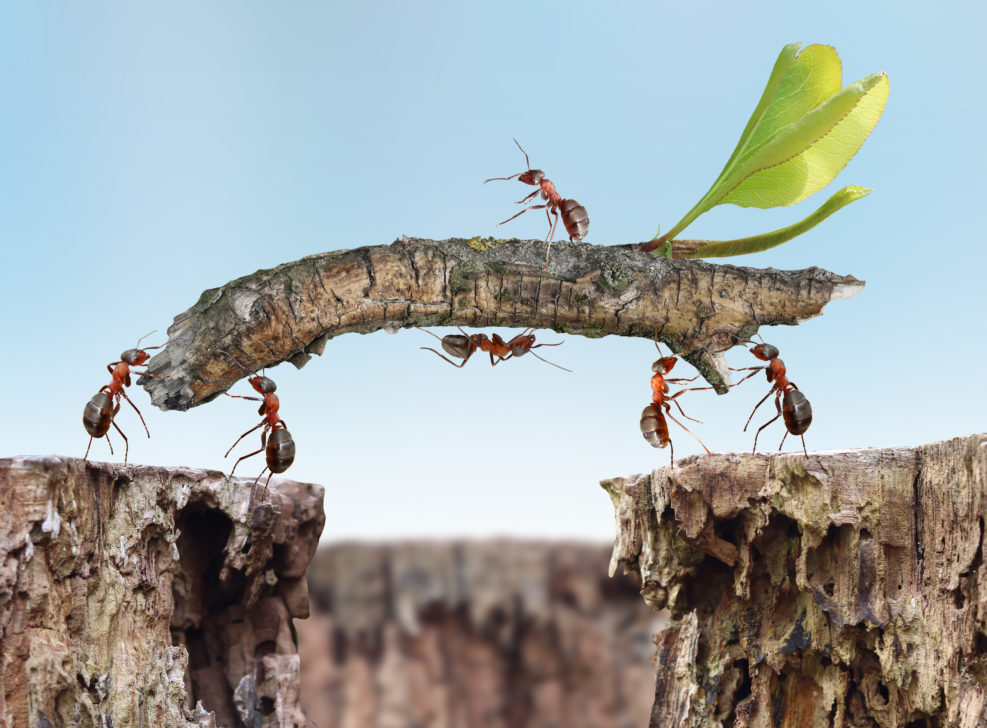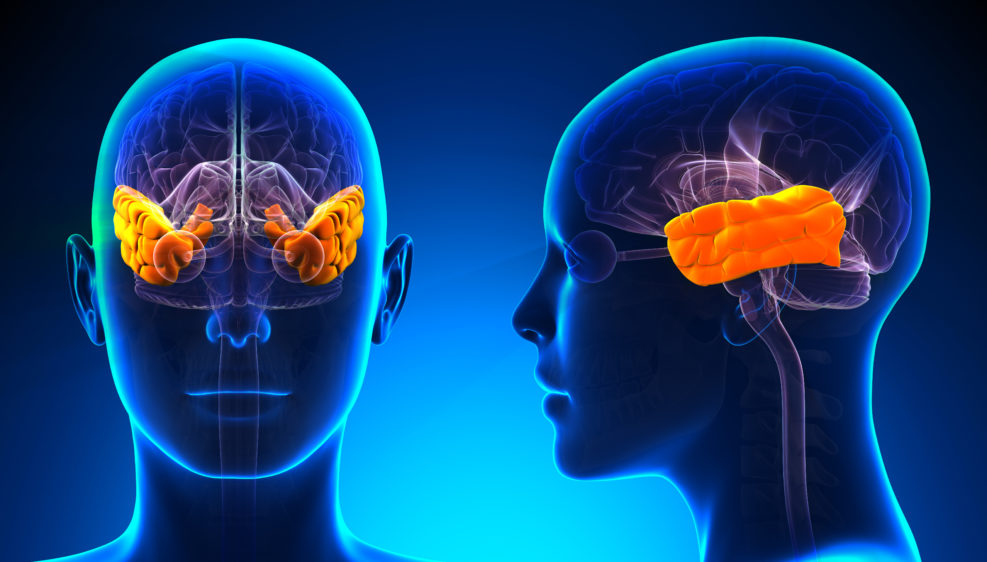
The Internet Is Freedom? Not for Exiled Democracy Activists
Modern electronic communications ensure that persecution need not stop at the border, as many expat Chinese are discoveringEarlier this month, the U.S. Department of Justice announced that a U.S. citizen and four Chinese intelligence officers “had been charged with spying on “prominent dissidents, human rights leaders and pro-democracy activists” in the United States on behalf of the People’s Republic of China (PRC). Americans and others who live in open societies may not be aware of this transnational oppression problem if they do not have contacts who have escaped totalitarian regimes. Briefly, today, the persecution doesn’t stop at the border. Modern electronic communications are part of the reason why not: “If anyone doubts how serious the Chinese government is about silencing its critics, this case should eliminate any uncertainty,” said Acting Executive Assistant Director Alan E. Kohler Jr. Read More ›


















